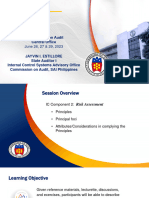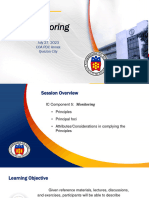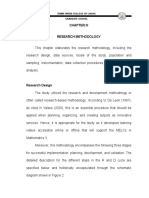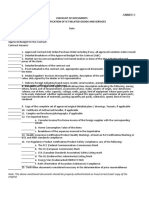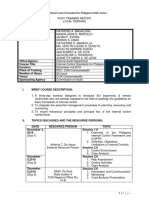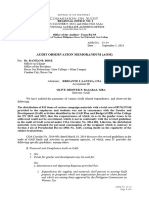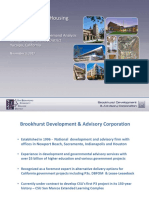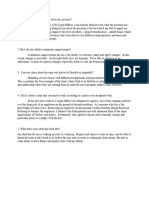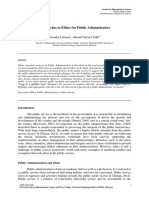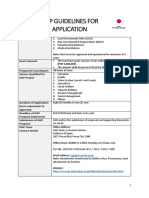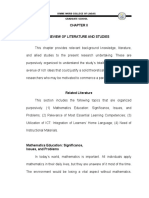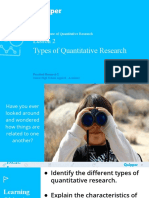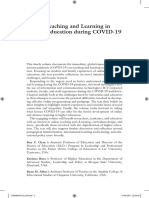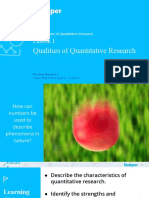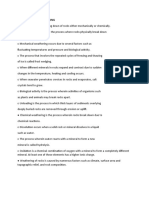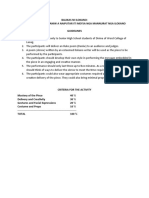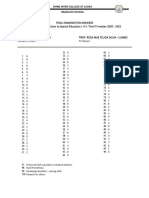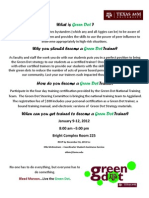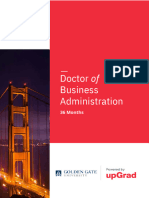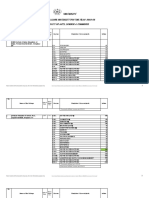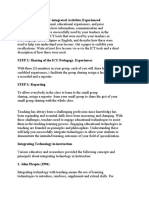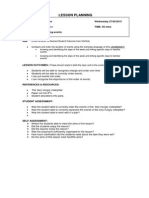0% found this document useful (0 votes)
174 views20 pagesThe Problem Rationale: Divine Word College of Laoag Graduate School
The document discusses the need to develop Guided Online/Offline Active Learning (GOAL) Videos in Mathematics 3 to promote self-directed learning for students. It notes that students often struggle with mathematical concepts and skills, especially problem-solving, and teachers lack timely instructional materials aligned with essential competencies. The theoretical framework discusses how cognitive theory of multimedia learning, local learning theory, connectivism theory, and self-directed learning theory support the use of ICT-based materials like videos to engage students and strengthen understanding of mathematical concepts in an online or offline setting. The researcher aims to develop GOAL videos to help students learn key competencies in Mathematics 3 independently.
Uploaded by
John Lewis SuguitanCopyright
© © All Rights Reserved
We take content rights seriously. If you suspect this is your content, claim it here.
Available Formats
Download as DOCX, PDF, TXT or read online on Scribd
0% found this document useful (0 votes)
174 views20 pagesThe Problem Rationale: Divine Word College of Laoag Graduate School
The document discusses the need to develop Guided Online/Offline Active Learning (GOAL) Videos in Mathematics 3 to promote self-directed learning for students. It notes that students often struggle with mathematical concepts and skills, especially problem-solving, and teachers lack timely instructional materials aligned with essential competencies. The theoretical framework discusses how cognitive theory of multimedia learning, local learning theory, connectivism theory, and self-directed learning theory support the use of ICT-based materials like videos to engage students and strengthen understanding of mathematical concepts in an online or offline setting. The researcher aims to develop GOAL videos to help students learn key competencies in Mathematics 3 independently.
Uploaded by
John Lewis SuguitanCopyright
© © All Rights Reserved
We take content rights seriously. If you suspect this is your content, claim it here.
Available Formats
Download as DOCX, PDF, TXT or read online on Scribd
/ 20
